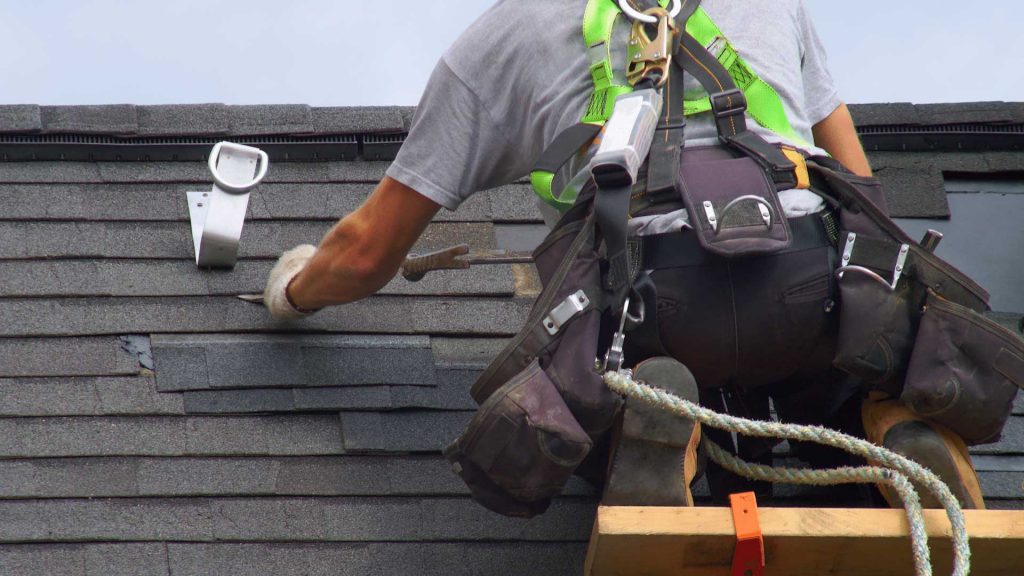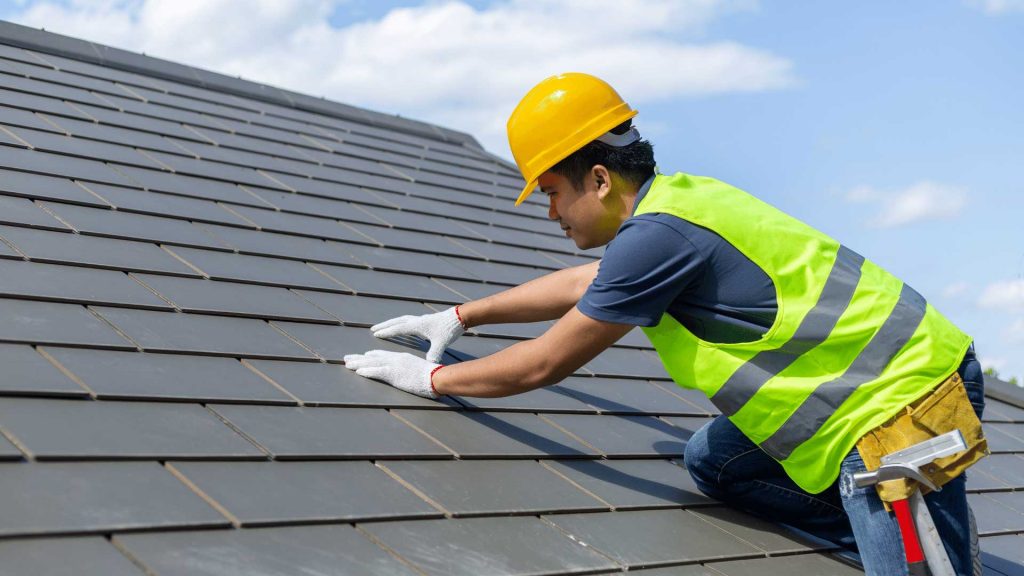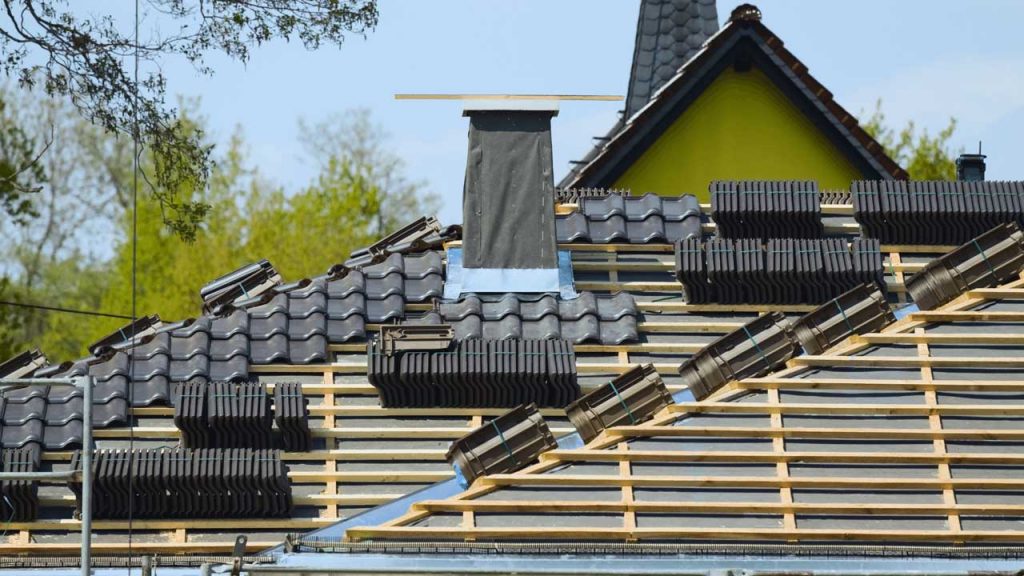Roofing maintenance is an essential component of protecting a home from the elements and ensuring its longevity. Texas homeowners in particular must pay close attention to their roof’s condition due to extreme temperatures and high winds that can cause wear and tear over time.
This article will provide guidance on how best to maintain one’s roof, outlining the dos and don’ts for Texas homeowners. It will cover topics such as proper sealing techniques, when to replace shingles, and other important considerations that should be taken into account.
With this knowledge, it is hoped readers will gain a better understanding of what steps are necessary for successful roof maintenance in Texas.
Inspecting Your Roof
Texas homeowners must prioritize regular inspections of their roofs.
It is essential to inspect for any missing or damaged shingles, as well as signs of wear and tear due to weather exposure, such as discoloration or cracking.
Furthermore, it is important to check the roof deck for any soft spots that could indicate water damage from rain or snow accumulation.
Additionally, ensuring proper waterproofing around areas with pipes and vents can help further prevent leaks.
It is also vital to have adequate attic ventilation in place so that moisture build-up doesn’t occur within the home.
This means checking that all intake ports are free of debris, while exhaust points should be clear and functioning properly.
By following these steps, Texas homeowners can better protect their homes against costly damages associated with improper maintenance.

Sealing Techniques
Inspection your roof is essential to keeping it in good condition. After inspecting and making any necessary repairs, sealing techniques can be used to protect a roof from the elements and prevent future damage.
Properly sealed roofs are better equipped to handle environmental stressors like high winds, heavy rain, hail storms, and intense heat. To ensure that a seal remains tight over time, proper ventilation must be maintained along with other preventative measures.
Ventilation helps reduce energy costs by providing an exhaust for hot air during summer months when temperatures rise. It also ensures that moisture does not become trapped within the layers of the roofing materials which would result in long-term damage due to rotting or mold growth. Properly vented attics improve indoor air quality as well as increasing energy efficiency throughout one’s home.
When To Replace Shingles
As a Texas homeowner, it’s important to know when and how often your roof should be inspected.
Roofs can experience damage from storms, aging shingles and other factors that require replacement or repairs. One way of spotting any potential damage is by looking for curled or cracked shingles, as well as moss growing on the surface of the roof.
Additionally, without proper ventilation, heat will build up in the attic space which can cause moisture buildup on the underside of the roof deck. This can lead to premature deterioration of materials and create an environment conducive to mold growth.
It’s recommended that roofs are inspected at least twice a year – once in spring after winter weather ends and again in fall before winter begins – to ensure that all components such as flashing, gutters and downspouts remain in good condition.
Cleaning And Removing Debris
Regular maintenance of a roof is essential in ensuring its longevity and integrity. Cleaning debris from the surface can help prevent build up which might cause premature deterioration.
Homeowners should frequently inspect their gutters to make sure they are clear of any obstruction that could impede proper drainage and water flow away from the home’s foundation.
It may be necessary for homeowners to get on the roof itself to remove leaves, branches or other large pieces of debris that have collected over time. If this is not possible due to safety concerns, using a long-handled broom head attached to an extension handle will do the job effectively without having to climb onto the roof.
Additionally, high pressure hoses can be used to blast off stubborn stains or discoloration caused by dirt buildup or mildew growth.
Checking For Leaks
Catching water damage early can save homeowners a lot of time and money in roof repairs. The first step to preventing water damage is to identify the signs that indicate a leak or other type of roofing issue.
Checking for leaks should be done regularly so that any necessary maintenance or repairs can occur as soon as possible.
When checking for leaks, look at both the interior and exterior of the home. Inside, keep an eye out for discolored marks on ceilings and walls, along with musty odors coming from hidden spaces like attics.
On the outside of the house pay attention to surface-level issues such as missing shingles, cracks in tiles, damaged flashing pieces around chimneys and skylights, peeling paint near gutters or downspouts, and pooled-up water in dips on the roofline.
If any sign of potential damage is found then it’s important to contact a professional immediately to take care of the repair before further issues arise.

Impact Of Extreme Weather
Having checked for leaks, it is important to understand the impact of extreme weather conditions such as hail and heat on roofing maintenance.
Hail storms are common in Texas due to its geographical location and can cause serious damage to roofs. Asphalt shingle roofs are particularly susceptible to hailstorms, especially if they have already been weakened by age or poor installation quality. Homeowners should take steps to protect their roofs against hail damage, such as installing a good-quality metal roofing system that has been tested for protection from hail up to 2 inches in diameter.
To avoid this, homeowners should consider installing reflective materials on the roof surface which reflect some of the sun’s energy away from the house and keep temperatures lower within the attic space. Additionally, proper ventilation systems should be installed around eaves and ridge lines in order maintain air flow throughout the home and reduce any build-up of excess heat.
Hiring A Professional Roofing Contractor
When it comes to roofing maintenance, hiring a professional is often the best course of action.
It is important for homeowners in Texas to make sure that any potential roofing contractors they hire are properly licensed and insured before allowing them onto their property. This will help protect both parties from any legal ramifications if something goes wrong during the job.
Additionally, researching multiple companies can help ensure that the homeowner receives an accurate cost assessment and fair pricing for their project. It is also essential to have a clear understanding with the contractor about what needs to be done and how long it should take.
Homeowners should inquire about warranties or guarantees offered by the company and ask whether or not there may be any additional expenses associated with the job after completion.
By taking these precautions, Texas homeowners can feel confident that they are making an informed decision when selecting a roofing contractor who has experience with residential projects in their area.

